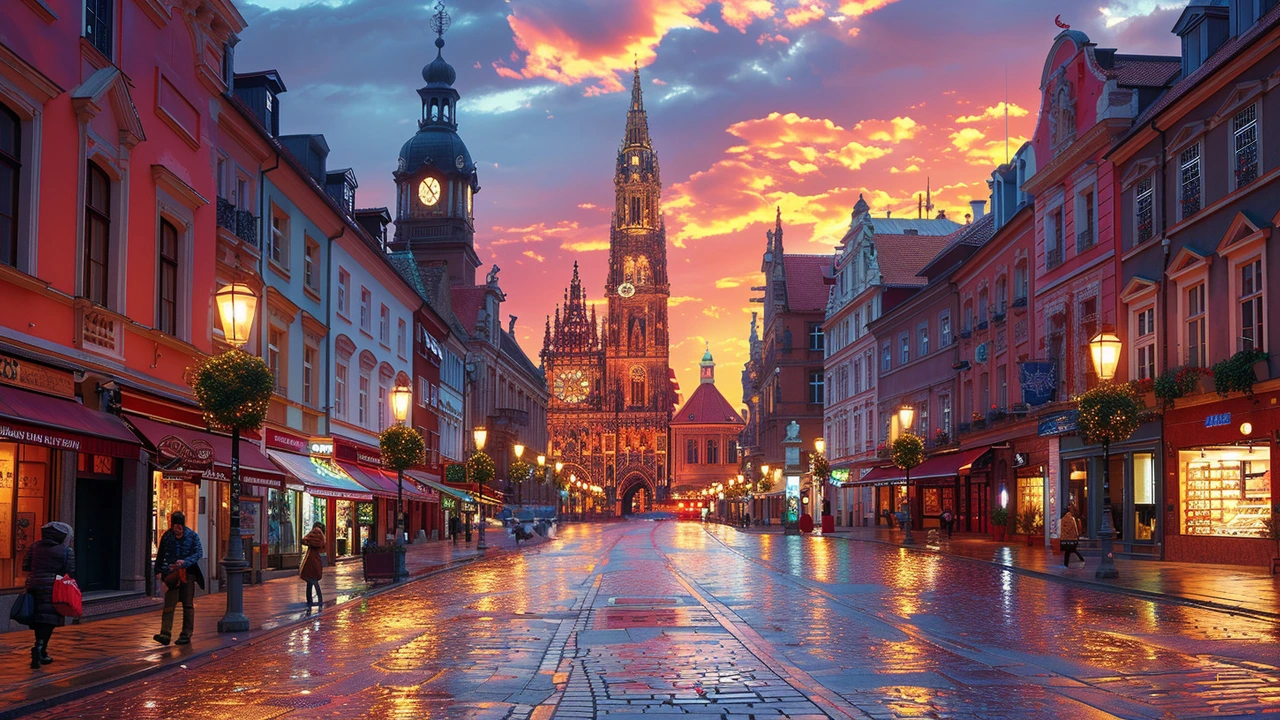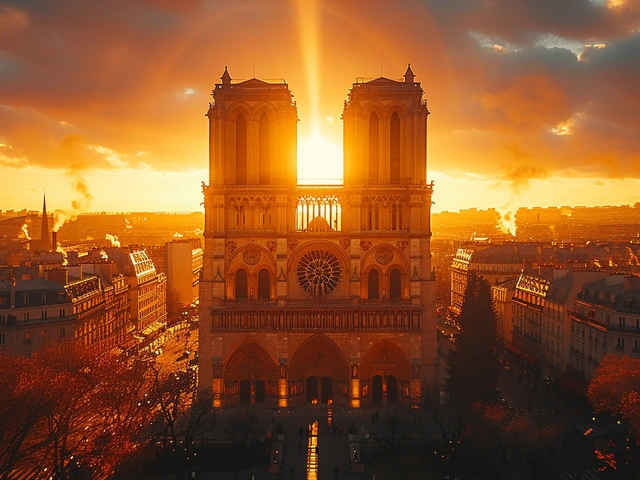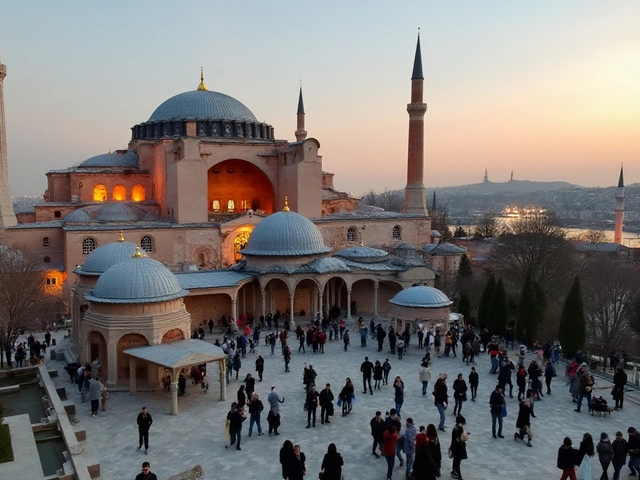The Origins and Evolution of Gothic Architecture
Gothic architecture, a mesmerizing chapter in the annals of human creativity and ingenuity, embarked on its historic journey in the 12th century, marking a departure from the Romanesque architecture that dominated the medieval landscape. Its birthplace, traced back to the Île-de-France region of northern France, became the proving grounds for what was to blossom into a continental phenomenon. The term 'Gothic' itself, however, was a later attribution by Renaissance critics, who viewed the style as barbaric compared to the classical styles they revered. Little did they know, Gothic architecture would come to symbolize an era of unparalleled architectural innovation and mastery.
The inception of Gothic architecture is often associated with the construction of the Basilica of Saint Denis, a project spearheaded by Abbot Suger. Suger's vision of creating a 'Heavenly Jerusalem' on earth laid down the foundational principles that would come to define Gothic architecture: immense height, light-flooded spaces, and an ethereal quality that could only be described as divine. The technological innovations of the time, including the development of pointed arches, ribbed vaults, and flying buttresses, enabled the construction of buildings that reached toward the heavens, a stark contrast to the earthbound structures of previous eras.
Defining Characteristics of Gothic Architecture
Gothic architecture can be identified by several hallmark features that distinguish it from its predecessors. The pointed arch, one of the most recognizable elements, served not only an aesthetic purpose but also provided structural advantages, distributing the weight of the ceiling more evenly across the walls. This allowed for the creation of taller, more slender buildings. Ribbed vaults, another innovation, added a decorative element while also reinforcing the structure of the roof. But perhaps the most significant advancement was the use of flying buttresses. These external supports transferred the weight of the roof away from the walls, enabling the inclusion of large stained glass windows that became synonymous with Gothic design.
The emphasis on verticality and light was not merely an architectural preference but a theological one. The soaring spires and expansive windows were conceived as a physical manifestation of the divine, a bridge between the earthly and the heavenly. This pursuit of light and height reached its zenith in the cathedrals of Chartres, Reims, and Amiens, among others. These structures not only displayed the technical prowess of their creators but also served as symbols of the celestial aspirations of the medieval mind.
Masterpieces of Gothic Architecture
Among the myriad examples of Gothic architecture that punctuate Europe's landscape, certain edifices stand out for their historical significance, architectural beauty, and the sheer awe they inspire. The Notre-Dame de Paris, with its iconic flying buttresses and intricate facade, embodies the essence of Gothic architecture. Despite suffering a devastating fire in 2019, its enduring legacy continues to captivate and inspire.
The Cathedral of Chartres, renowned for its remarkable stained glass windows, offers a kaleidoscope of colors that illuminate the intricate narratives depicted in each pane. Chartres stands as a testament to the Gothic architects' unparalleled skill in harmonizing structural engineering with artistic expression. Similarly, the Cologne Cathedral in Germany, with its twin spires visible from miles away, showcases the ambitious nature of Gothic architecture, a monument that took several centuries to complete.
Innovations and Lasting Influence
The technological innovations of Gothic architecture had a profound impact on the development of architectural theory and practice. The pointed arches, ribbed vaults, and flying buttresses were not only revolutionary in the context of their time but also laid the groundwork for the future exploration of structural possibilities. The emphasis on verticality and light influenced countless architects and designers in the centuries that followed, shaping the principles of many modern architectural styles.
Furthermore, the incorporation of intricate artwork and symbology into the fabric of Gothic buildings has enriched our understanding of medieval society, its values, and its relationship with the divine. The detailed sculptures, ornamental gables, and, most notably, the stunning stained glass works, continue to be studied and admired for their complexity and beauty. These elements have ensured that Gothic architecture remains a subject of fascination and inspiration well into the contemporary era.
Experiencing Gothic Architecture Today
Fortunately for us, the legacy of Gothic architecture is not confined to history books but stands tall in cities across Europe and beyond. Visiting these historic structures offers a unique opportunity to step back in time and experience the awe that medieval churchgoers must have felt. Whether it's marveling at the light streaming through the stained glass windows of a cathedral or standing beneath the towering spires that stretch towards the sky, the experience is nothing short of magical.
For those looking to delve deeper into the wonders of Gothic architecture, many cathedrals and churches offer guided tours that highlight the history, architectural features, and artistic achievements of these magnificent buildings. Moreover, numerous books, documentaries, and online resources provide comprehensive insights into the evolution and nuances of Gothic style, making it accessible to enthusiasts around the world.





